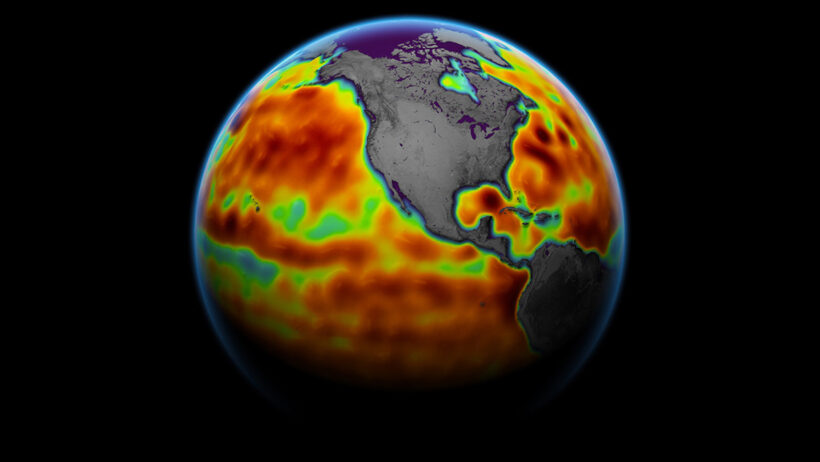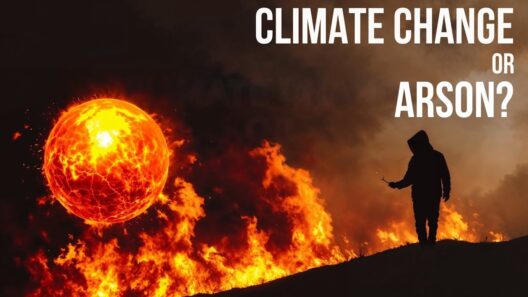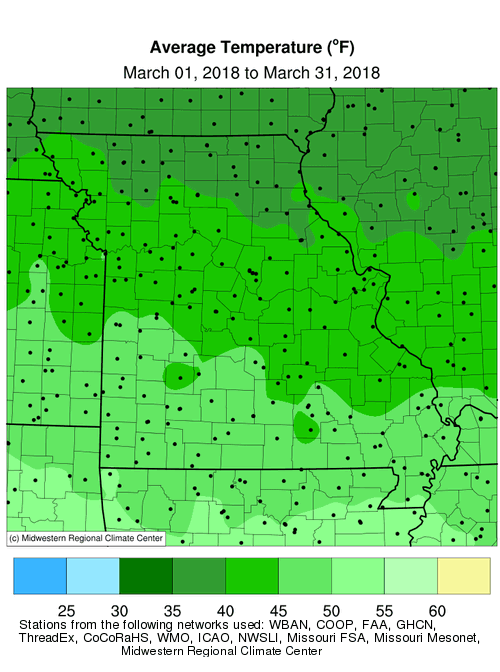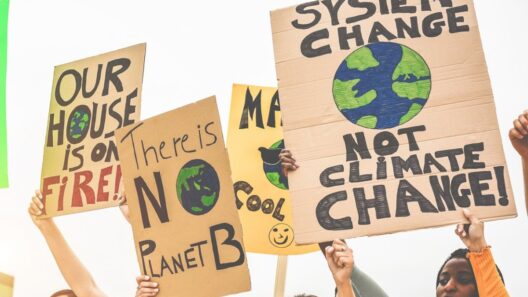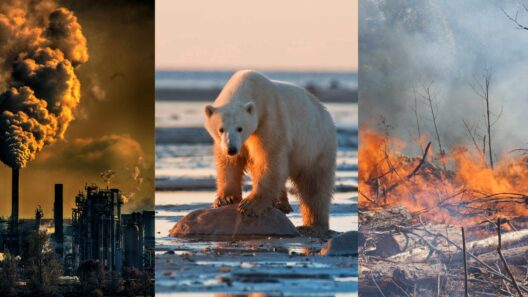Global warming has transformed from a scientific theory into a palpable reality, eliciting fervent debates across the globe. As we grapple with this pivotal issue, one question emerges with unwavering intensity: Is global warming our fault? The answer to this inquiry resides in a confluence of scientific inquiries, historical data, and evolving perspectives. Institutions like NASA play a crucial role in deciphering these intricate layers. Their insights illuminate the nuanced understanding of anthropogenic contributions to climate change.
To grasp the essence of this query, one must first dissect the fundamental aspects of global warming. At its core, global warming refers to the gradual increase in Earth’s average surface temperature due to a proliferation of greenhouse gases in the atmosphere. The primary culprits—carbon dioxide, methane, and nitrous oxide—trap heat, creating a greenhouse effect that is vital for sustaining life but perilous in excess.
Consider the Industrial Revolution, a watershed moment that catalyzed unprecedented technological advancements. This era, while ushering in a new age of machinery and growth, also marked the dawn of significant fossil fuel consumption. The result? An unparalleled spike in carbon emissions, one that has continued to rise alarmingly over the decades. The timeline of these emissions reveals a troubling correlation between human activity and rising temperatures. NASA’s extensive research showcases a dramatic increase in global temperatures, especially since the late 20th century, coinciding with industrial growth and urbanization.
When evaluating the question of culpability, it is imperative to consider natural climate variations. Earth’s climate has oscillated between warm and cool phases for millennia due to factors such as volcanic eruptions, variations in solar radiation, and natural greenhouse gas emissions. However, the current rate of warming is unprecedented. NASA’s findings indicate that current warming trends cannot be explained by natural processes alone. Enhanced greenhouse gas concentrations, primarily resulting from human activities, underpin this rapid climatic shift.
Nevertheless, the notion that global warming is solely our fault is a simplification of a far more complex scenario. While human activities significantly contribute to climate change, other factors also intertwine with this tapestry—urbanization, deforestation, and agricultural practices, among others, exacerbate the problem. For instance, the conversion of forests into agricultural lands not only releases stored carbon dioxide but also diminishes the planet’s capacity to absorb CO2 through photosynthesis. This dual action further intensifies the greenhouse effect, creating a vicious cycle that fuels climate change.
It is essential to explore the implications of these revelations. Acknowledging that human activities are a primary contributor to global warming positions us at a critical juncture. We must confront the challenge of responsibility, redefining our relationship with nature and recalibrating our actions. The scientific community emphasizes the urgency of addressing this crisis. Reducing greenhouse gas emissions, transitioning to renewable energy sources, and adopting sustainable practices are imperative steps forward.
Moreover, the promise of technological advancements offers a glimmer of hope. Innovations such as carbon capture and storage, advancements in solar and wind energy, and the development of sustainable agriculture practices illustrate our capacity to adapt and mitigate climate change. However, these solutions require not only technological investment but also global cooperation. Nations must collaborate to establish policies that promote environmental stewardship and reduce carbon footprints.
Transitioning to clean energy sources presents one of the most effective avenues to combat global warming. By harnessing renewable energy, societies can drastically decrease their dependence on fossil fuels. Countries that prioritize solar, wind, and hydropower can rapidly diminish their greenhouse gas emissions. Scientists at NASA assert that a concerted effort toward renewable advancements is essential for climate stabilization.
An intriguing dimension of this discourse revolves around public perception and engagement. How does society view its role in this pressing crisis? The narrative surrounding climate change has evolved over time. Awareness campaigns, educational programs, and grassroots movements have started to shift public perspective, highlighting our collective responsibility. Citizens are increasingly demanding accountability from policymakers and corporations, recognizing the intrinsic connections between individual actions and global phenomena.
Education serves as a cornerstone in fostering informed public discourse on climate change. When people understand the mechanisms of global warming and the role human activities play in exacerbating these trends, they are more likely to engage in meaningful discussions and advocate for legislative change. Incorporating climate education into school curricula and community programs can galvanize collective action and inspire a new generation of environmental advocates.
Looking ahead, the pathway to reversing the effects of global warming involves not just acknowledgment but also action. Our understanding of this phenomenon has matured, but the urgency remains. Preventing further damage to our planet hinges upon informed choices at both personal and institutional levels. Understanding that global warming is, indeed, a consequence of our actions instills a sense of moral obligation—it reiterates the reality that the future of our planet rests in our hands.
In conclusion, the assertion that global warming is our fault is supported by a wealth of scientific evidence. However, it is critical to recognize the multifaceted nature of this crisis—including natural processes and human influences. What remains paramount is our collective responsibility to address these challenges proactively. By fostering a culture of awareness and action, we can transition from being mere contributors to being resolute stewards of our planet. The future hinges upon our ability to innovate, educate, and safeguard the Earth for generations to come.



